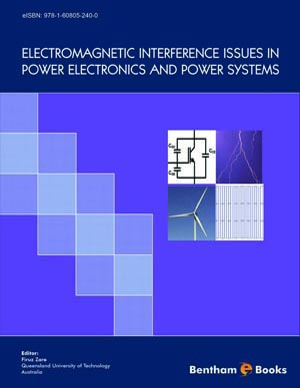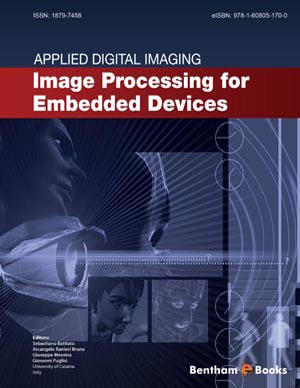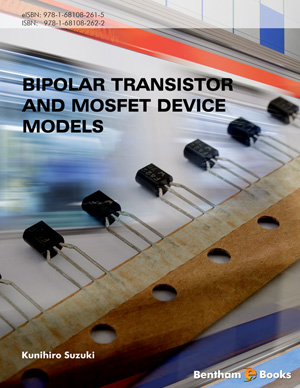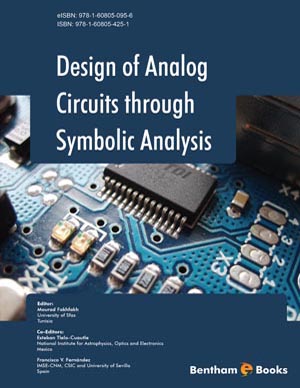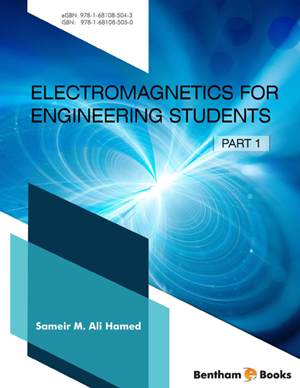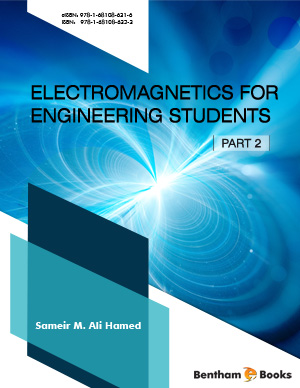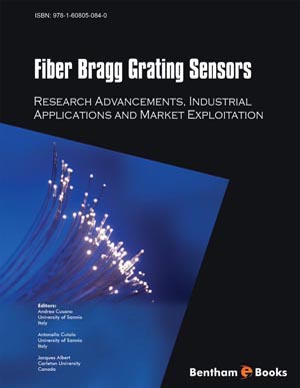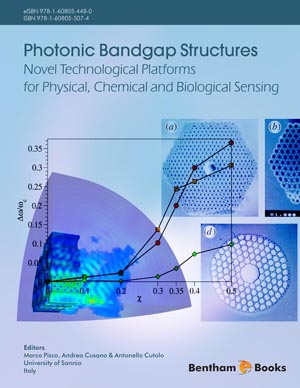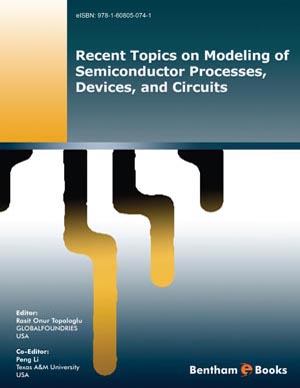Abstract
Investigation of conducted electromagnetic interference in AC motor drives fed by pulse width modulated voltage converters requires considering parasitic capacitances in converters, motor windings and feeding cables to be taken into account. Motor voltage transients and related conducted electromagnetic emission are significantly correlated with resonance effects occurring in load circuits. The levels of intensity of these phenomena depend mostly on frequency dependant impedance - frequency characteristics of motor windings with an accompanying feeding cable. An analysis of frequency converter load impedance characteristics allows for identification and determination of representative frequency ranges in which the foremost contributions to EMI noise generation have voltage ringing phenomena associated with the load parasitic capacitances. This chapter presents a method to model an AC motor with a feeding cable. AC motor windings have distributed parasitic capacitances and a particular focus on the influence of the feeding cable's parameters is modeled as a ladder circuit model. The proposed circuit model allows for an analysis of the influence of the cable parameters on conducted EMI emission generated by an AC motor drive system. The simulation results based on the proposed ladder circuit model are verified by the experimental tests which were carried out for an exemplary adjustable speed AC motor drive application with different lengths of feeding cables.
Keywords: Bearing current, Broadband model, Cable shield, Common mode impedance, Common mode transfer impedance, Common mode voltage, Dielectric permeability, Differential mode current, Distributed model, EMI propagation, Grid impedance, Impedance mismatch, Line impedance stabilization network, Ladder circuit model, Load impedance, Lossy transmission line model, Lumped model, Modulation carrier frequency, Motor feeding cable, Motor windings, Power grid impedance, Propagation velocity, Reflection coefficient, Reflection effects, Resonance effects, Resonance frequencies, Self impedance, Shaft voltage, Shielded cable, Smith chart, Standing waves, Wideband modelling, Transmission line effects, Transition frequency, Transmission line


